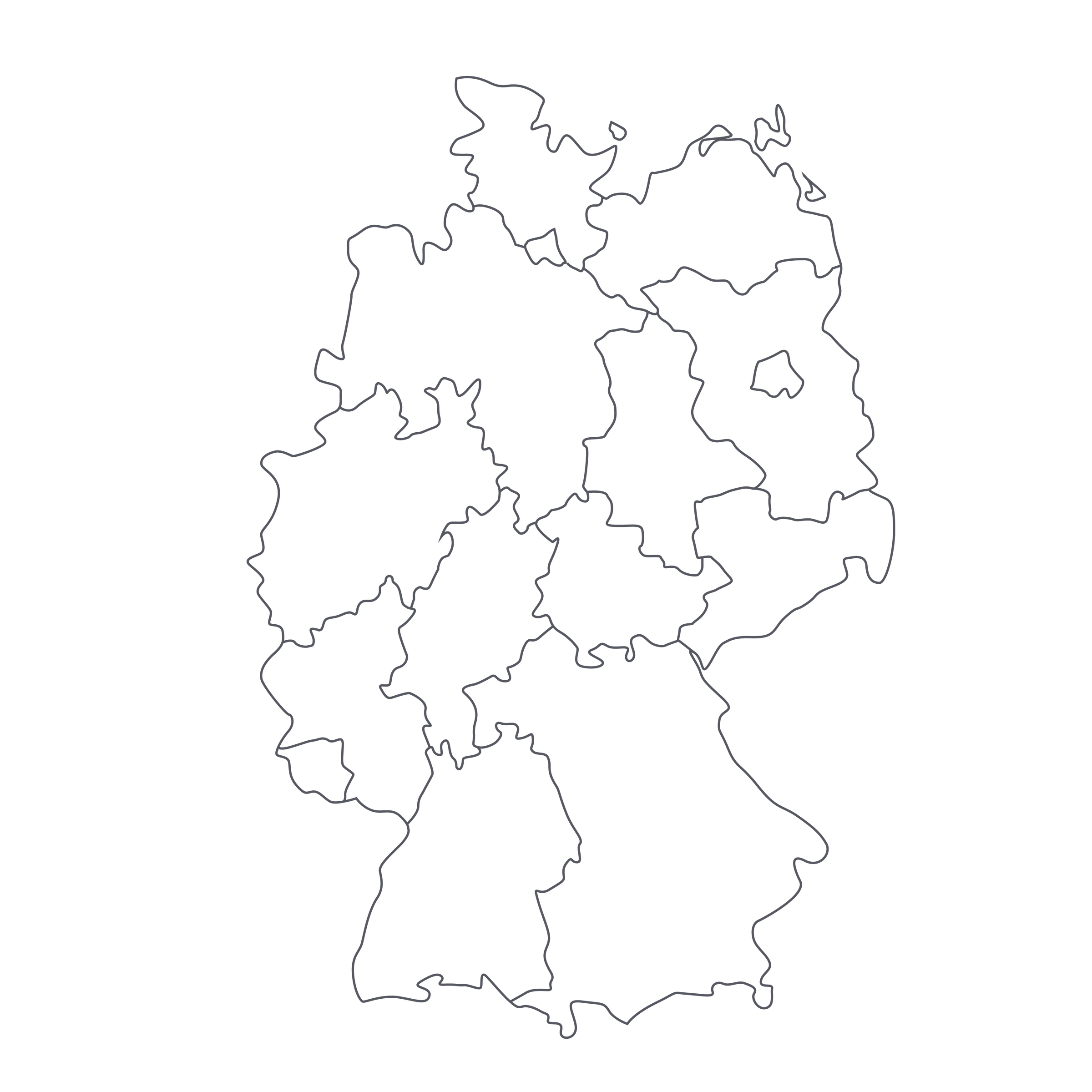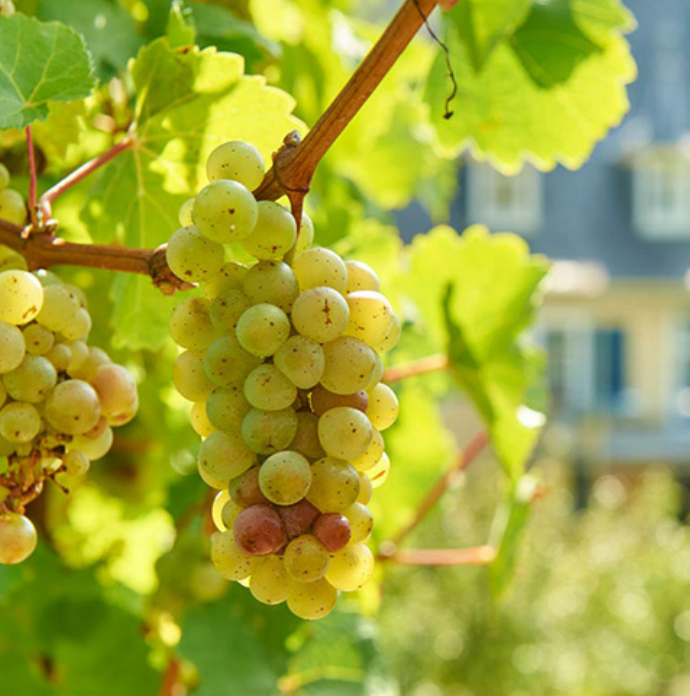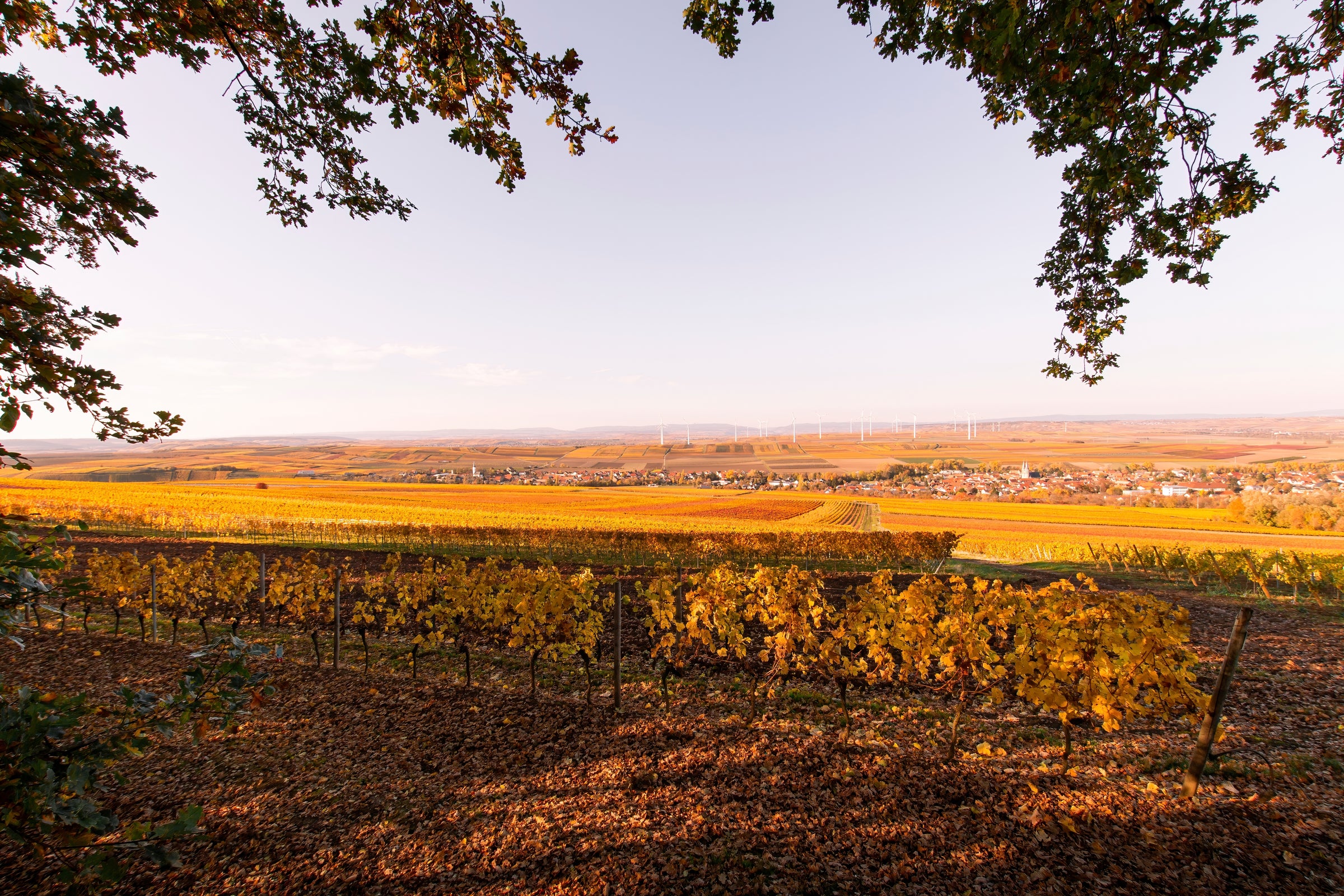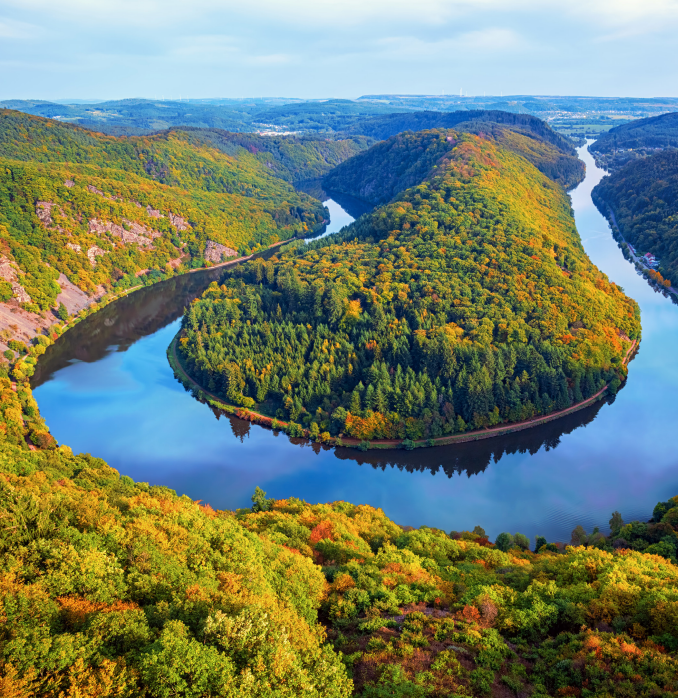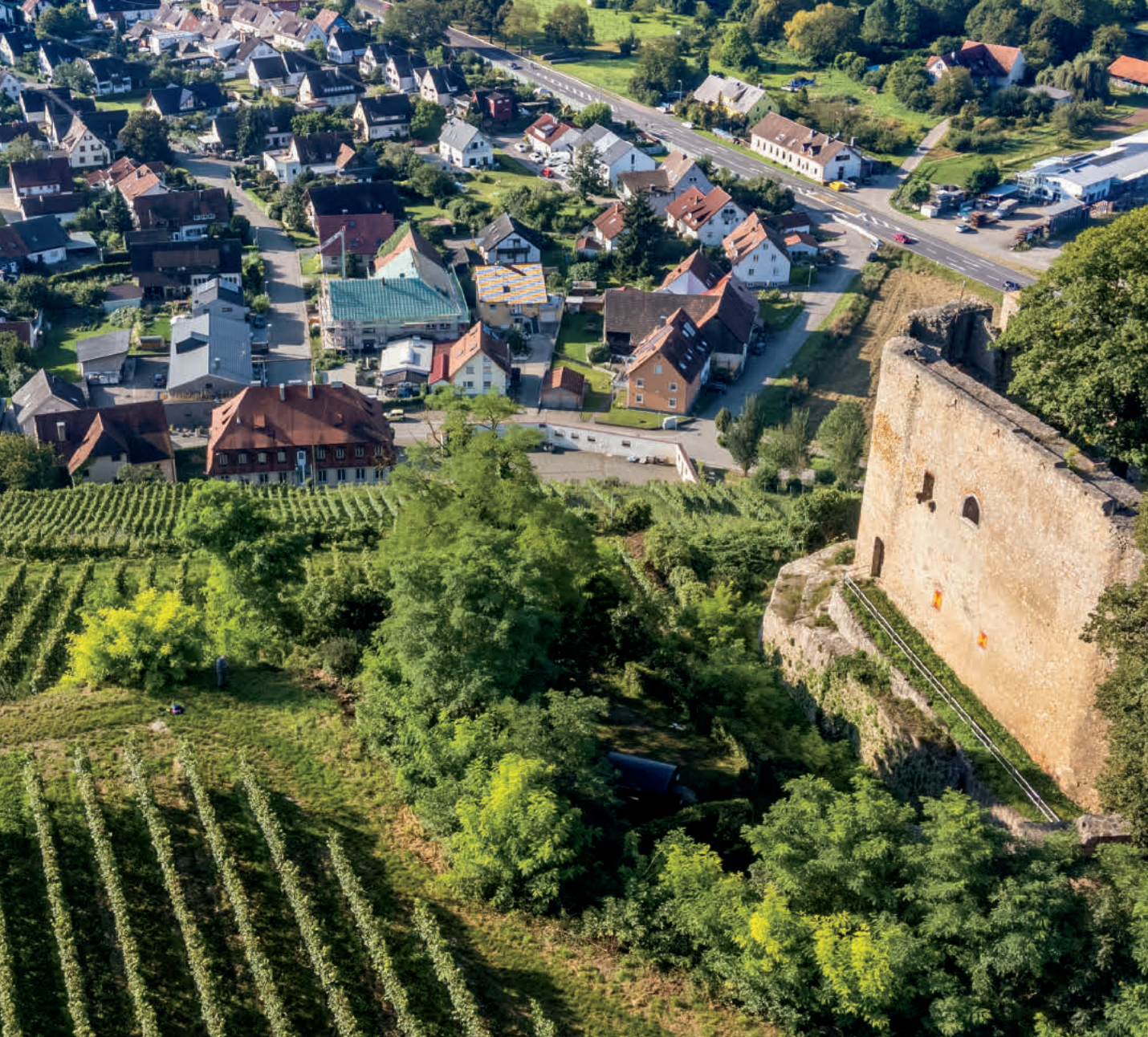One of the top thrill-inducing categories in recent years has been Grosses Gewächs. These texturally rich, explosively mineral, Grand Cru-equivalent gems represent the pinnacle of elite dry German Riesling. But as with all things great, these “GGs” do not come cheap: Fine examples start in the $50s, and the ones that truly excel push past $75 and well into the triple digits. We understand not everyone can—or wants to—spend that kind of money on a single bottle of wine. But wine need not be as cliquish as many make it out to be.
There’s something for everyone, and if you want to try a specific style without breaking the bank, sensational alternatives can be found with some hunting. Some lie right around the corner, others across the street, but one must navigate through a dark tunnel and down a back alley in order to arrive at today’s $39 Grosses Gewächs. How can a genuine bottle of GG be both affordable and delicious, you may ask? Read on to find out, but trust us when we say it’s a brilliant introduction into Germany’s most elite category for dry, powerful, luxurious Riesling. Plus, it’s entirely from a monopole vineyard that’s been owned by the estate for 336 years! This exclusive parcel was brought over from Mosel by us and us alone, so after it goes, that’s all there is. Good luck.
When breaking down today’s exceptional dry Riesling, it’s true that some inside-baseball sleuthing is required to fully comprehend its low price. The pricey GGs we’ve offered up in the past—Von Winning, Dönnhoff, Groebe, Wittmann—have been authenticated by the famed VDP, a sprawling, 196-member organization that governs quality and employs rules more stringent than standard German wine law. They also have access to the fairly new Grosses Gewächs category, so long as the wine is (1) from a “Grand Cru” vineyard, (2) harvested at lower yields and riper levels, and (3) vinified dry. The world has become enraptured with these texturally rich, exotic, age-worthy gems, and the best represent the peak of dry German wine.
Weingut Reverchon, however, is not part of the VDP, so by decree, they do not have permission to use VDP Grosses Gewächs. They’re actually a member of a much smaller group The Bernkasteler Ring in the Mosel, which is a tiny, 35-member cadre of impressive estates that include superstars like Markus Molitor, Erben von Beulwitz, Dr. H. Thanisch, among others. The “Ring” has its own rigidly structured GG category, and it’s not inferior to the VDPs: Only the best, steep-gradient vineyards can be used; yields are restricted; harvesting is manual; chaptalization and must concertation is banned, and the wines must be vinified dry. Then, they must pass the “taste test” of an eight-person panel of experts.
Weingut Reverchon’s resurgence in recent years has been nothing short of stupendous: Upon Hans Maret’s purchase of the decrepit property in 2007, the 17th-century estate was revamped and their old vines—a large portion of which are ungrafted and over a century—were nursed back to health.
Of those vines, the most jaw-dropping come from the estate’s monopole (an exclusively owned vineyard) of “Herrenberg” in the town of Filzen. Located right behind their cellar, this hallowed site has been in the hands of Reverchon since the late 1600s, when the estate was purchased from the church and privatized. The precipitous, 6.5-hectare slope are loaded with Devonian slate and younger vines are interspersed with ungrafted, gnarled beasts pushing past 100 years. Because of the steepness, and Reverchon’s proclivity for sustainable farming, all herbicides and insecticides are strictly avoided and vine work is carried out by hand. In the cellar, grapes are naturally fermented in a combination of stainless steel and old Stockinger barrels. The resulting wines then rest on their lees for just under a year in Reverchon’s slate cellars. Today’s parcel left in March of 2021.
I’ll admit, while deliciously ripe and fleshy, this isn’t as powerful and searingly mineral as, say, the Von Winning GG we recently offered. So, while you let those evolve a bit more in your cellar, you can pop Reverchon’s 2018 “Herrenberg” GG Riesling guilt-free. It unloads a barrage of lush aromas like candied lime, sliced yellow apple, ripe pineapple, chilled mango, honeysuckle, yellow flowers, and lees with a gentle backbone of crushed slate and petrol. The palate is expansive, mouth-filling, and dry—although there are pleasant levels of ripeness that provide an exceptionally soft embrace on the finish. Enjoy in all-purpose stems around 50 degrees, and uncork your bottles now and over the next 5-7 years. Cheers!
